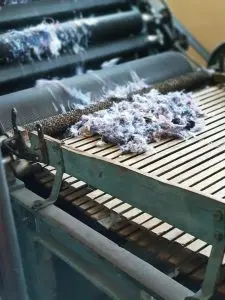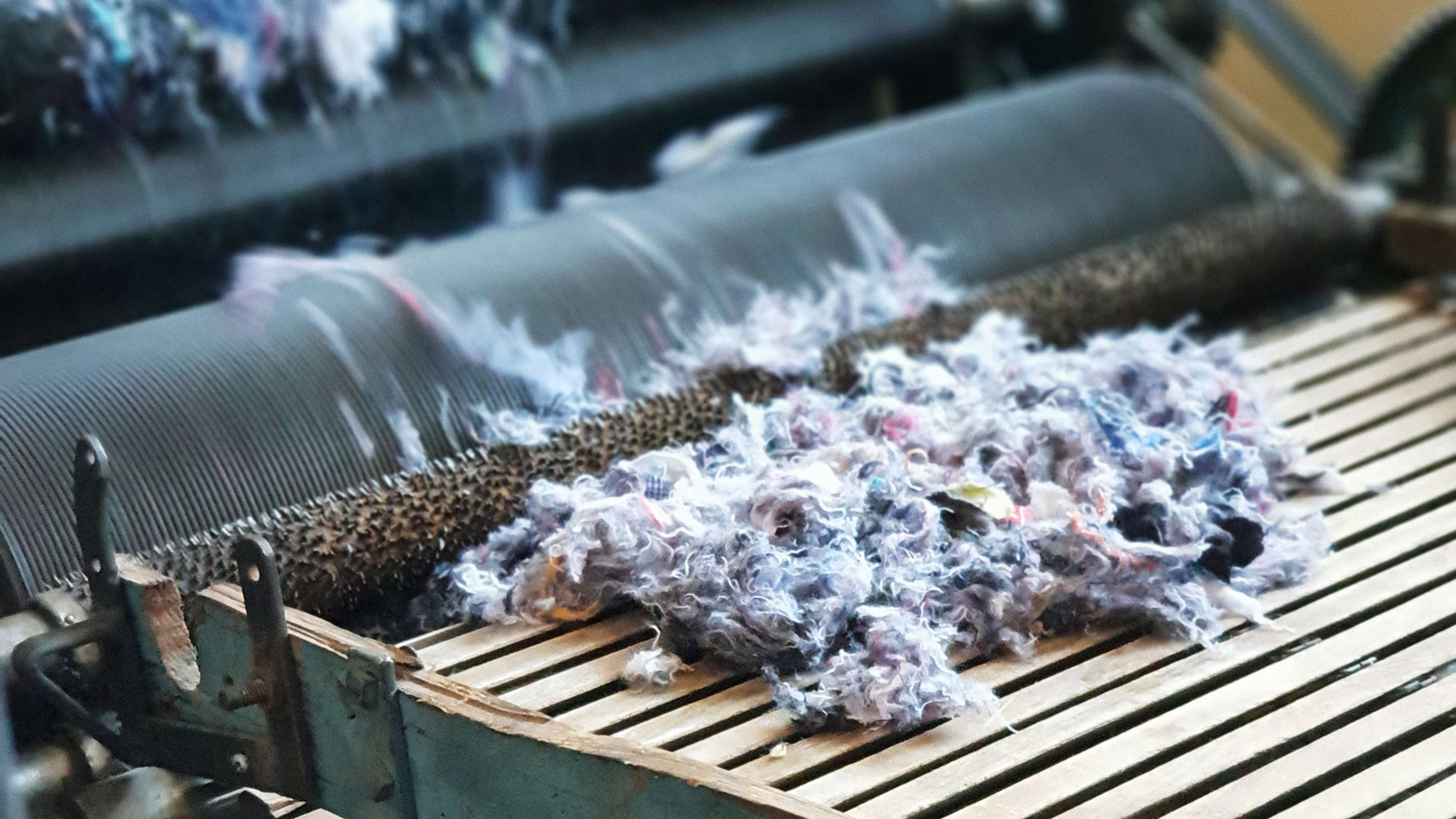The fabric in a discarded pair of jeans or shirt could potentially be laden with formaldehyde, dyes linked to cancer, phthalates, or heavy metals. That’s not great for the person who wore the clothing or the people who made it—but it’s also a challenge for companies that plan to recycle textiles into new products and don’t want those products to include a random and unknown assortment of chemicals.
Ikea, which plans to transform into a circular company by 2030—meaning that it will use only recycled and renewable materials and will scale up new business models such as renting furniture—wants to use recycled textiles, but it has its own strict standards for what chemicals it will allow in its products. H&M, likewise, has a 2030 goal of only using recycled or other “sustainably sourced” materials. In a new study, the two companies partnered to run thousands of tests on recycled materials to better understand how they can use them.

In the study, the two companies collected 166 samples of cotton-based textiles, mostly from clothes that had been donated, but also from some preconsumer waste. Then they shredded the samples and spent months running them through chemical analysis in 8,000 tests. The companies found chromium compounds (a carcinogen), heavy metals used in dyeing, in 8.7% of the samples, and alkylphenol ethoxylates (an endocrine disrupter), used in making dyes and pigments, in 19.3% of samples. It’s too early to draw conclusions from the early tests, so more studies will follow. “It’s only when we get more and more data, as we’re talking about something which is unknown, that we can draw the right conclusions and make sure to use the resource of used textiles in the best possible way,” says Månsson.
Ikea already uses some of its own preconsumer textile waste to make some products, such as a rug that’s woven from fabric left over from making bed linens. But in order to supply the vast amount of material that it needs, it will have to rely on the broader supply of textiles that come from unknown sources. One solution might be turning to new forms of recycling; while traditional textile recycling involves chopping up fibers into smaller pieces, startups like Evrnu break down textile waste to the molecular level, removing contaminants and leaving behind essentially pure cellulose.
The research that is happening now could help startups with new recycling technology make sure that it works for the needs of the market. “We hope that what we do now will also help all those innovation companies that are working with the new technologies in chemical recycling know what it is that their technology needs to be able to filter out,” Månsson says.
Recognize your brand’s excellence by applying to this year’s Brands That Matter Awards before the early-rate deadline, May 3.
